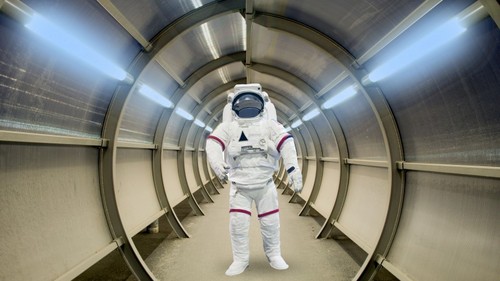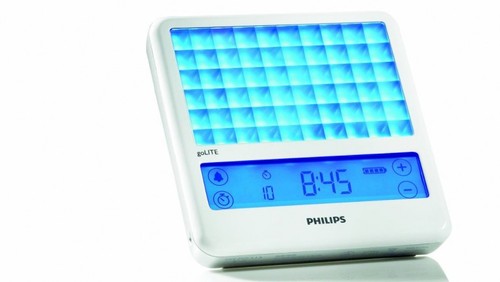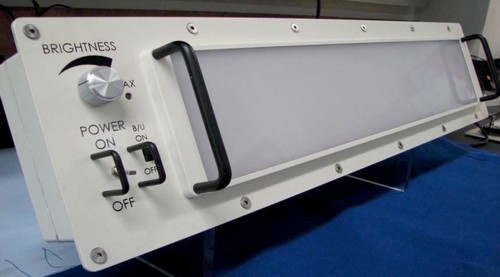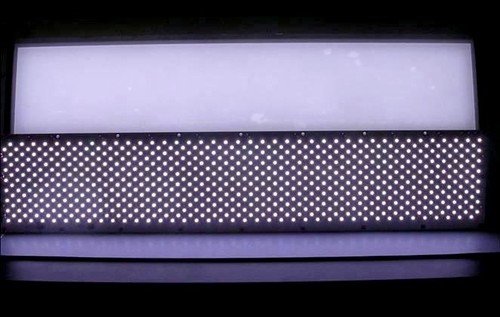LED Lights Will Ensure Healthy Sleep For The Astronauts
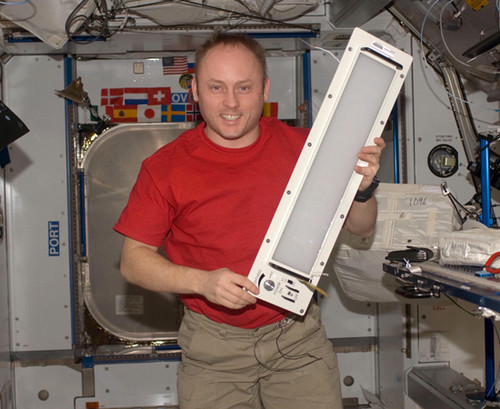
Would you comfortably sleep stuck in a noisy machine, when the sun comes up every 90 minutes, and everything is lit with a dazzling sci-fi fluorescence? This is tough sleeping in space, which causes insomnia, fatigue, general grumpiness, depression and mistakes at work. As a result many astronauts have recourse to drugs to be able to fall asleep, though it might cause addiction. Addressing this problem NASA is going to spend US$11.2 million to outfit the ISS’ U.S. section with color-changing LED lights by 2016. The lights will simulate day and night cycles: blue in the morning, white during the day, and red in the evening. Humans have evolved to respond to color changes like these on Earth, the idea is that it’ll help regulate melatonin production, leading to healthy, natural sleep cycles. These arrays will be programmed to wake the crew up with blueish light, project whiteish light during the day, and then send everyone to bed with reddish light in the evenings. The agency can control the lighting from the ground, or let the astronauts adjust it on site. The system prepares the astronauts for better sleep, though its flexibility enables smoother transitions of working hours.
Via:dvice.com
| Tweet |

